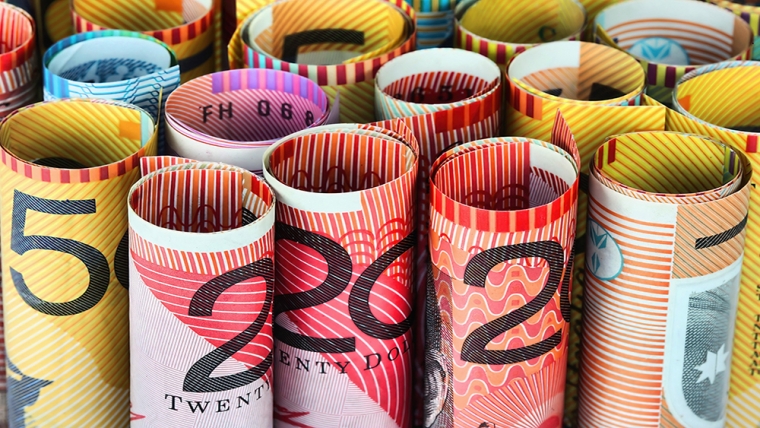
US and Asian equity indices have reached fresh record highs, after encouraging signs from negotiations between the US and China, ahead of a leaders summit this week. Equities have been supported following benign US CPI data, which was released on Friday, and reinforced expectations for a 25bp rate cut when the Federal Reserve meets later this week. The US dollar is little changed and treasury yields are modestly higher. Gold prices fell below US$4,000 an ounce on diminished haven demand.
Officials from the US and China said they have come to an agreement on a range of contentious issues after negotiations in Malaysia. This has raised hopes that Donald Trump and Xi Jinping will agree to extend a trade truce at their planned summit this week. China is expected to delay introducing export controls on rare earths which had previously triggered a sharp escalation in tensions between the two countries.
US treasuries are modestly higher in yield for shorter maturities, reflecting the strong risk tone, and in the absence of data amid the US government shutdown. 10-year yields traded to 4.04% - a one week high – before retracing towards 4.0%. The curve flattened at the margin.
The German Ifo index rose to 88.4 points in October which was above the median estimate from economists. The improved indicator follows the pickup in the composite PMI, which increased to a 29-month high in October, led by the services sector. German government bond markets were little changed - 10-year bunds closed at 2.62%.
Reserve Bank of Australia Governor Bullock has said the monetary policy board will rely on a new set of forecasts next week, to decide whether to ease further to support the labour market, while inflation remains sticky. She also noted the volatility in monthly data. RBA officials assess current policy settings as ‘marginally tight’ and Q3 CPI data, which is released tomorrow, will be a key input into the 4 November monetary policy decision. The market interpreted Bullock’s comments as relatively hawkish which supported the AUD.
Outside of the AUD, which was the best performing G10 currency, absolute moves against the US dollar have been modest overnight. Optimism about the chance for a US-China trade deal underpinned the Australasian currencies as markets opened for the week. NZD/USD traded above 0.5785 on Monday morning, but has since retraced, albeit having maintained some of the gains. The NZD was largely stable on the major crosses overnight. NZD/AUD is lower and traded below 0.8800 after Governor Bullock’s comments.
NZ fixed income markets closed higher in yield in the local session on Friday aligned with moves in offshore markets in the absence of domestic data or other catalysts. The swap curve ended 2-4bp higher with a steepening bias. 10-year NZGB yields closed at 4.0%, 3bp higher on the session.
Australian 10-year bond futures are 2bp higher in yield terms, compared with the local close yesterday on Friday. With NZ fixed income markets closed for a public holiday yesterday, the change in Australian futures implies a modest upwards bias for NZ rates on the open.
Monthly filled jobs data September is the only domestic economic release of note today. Filled jobs increased 0.2% in August but this series has been consistently revised lower. The Conference Board measure of US consumer confidence is scheduled. The labour market components are likely to attract the greatest scrutiny. This is where the Federal Reserves sees the risks to the economy and there is no official data amid the government shutdown.
Daily exchange rates
Select chart tabs
Jason Wong is the Senior Markets Strategist at BNZ Markets.

We welcome your comments below. If you are not already registered, please register to comment
Remember we welcome robust, respectful and insightful debate. We don't welcome abusive or defamatory comments and will de-register those repeatedly making such comments. Our current comment policy is here.